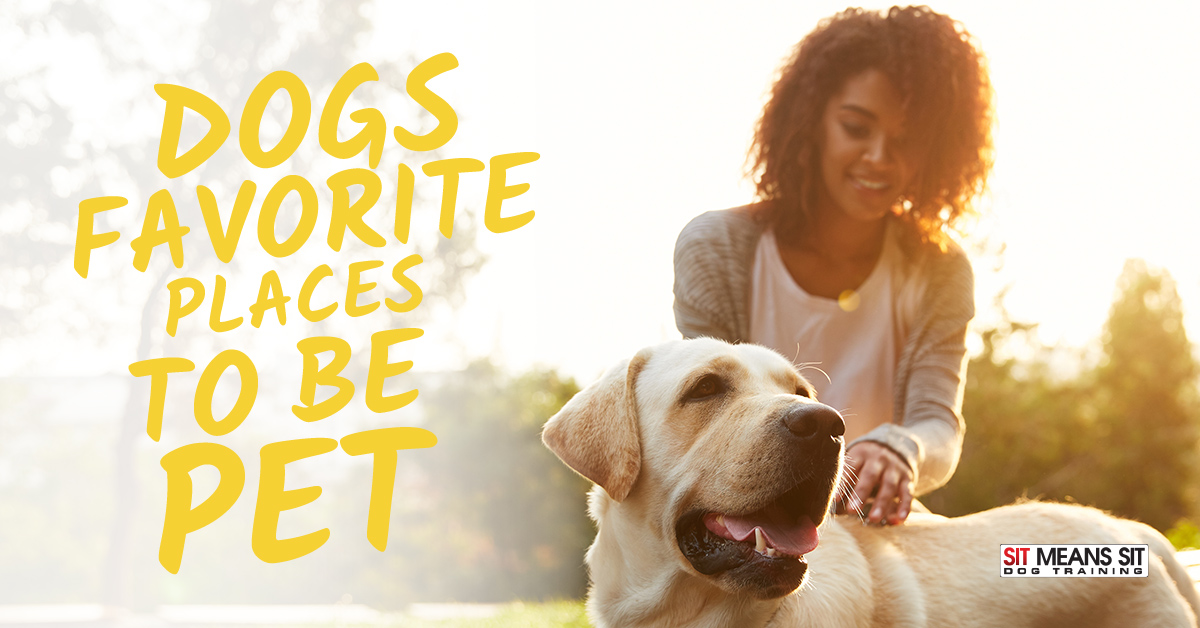
Dogs’ Favorite Places to Be Pet
Petting is an important part of any dog-owner relationship. It strengthens your bond and understanding of each other, and is a great way to reward your doggo’s positive behavior. However, without verbal communication, it can be difficult to know which places your dog likes to be pet. Here are our recommendations for petting your pooch:
Understanding Boundaries
Just like humans, some dogs don’t really like to be touched. First, many dogs don’t enjoy being hugged. Be mindful of this while petting your dog. If they appear nervous or uncomfortable, stop petting them and slowly back away to show that you mean no harm. One of the biggest signs that your dog doesn’t want to be pet is if they lash out when you touch them. It may just be a certain sensitive area or a negative past experience, but talk to your vet if your dog reacts violently to your physical touch. They’ll be able to figure out if your furry friend’s reaction is the result of a more serious problem.
How to Pet a Pooch
If you’re attempting to pet a dog that you don’t know, always ask the owner before approaching the dog. You should also attempt to avoid threatening positions and hand movements. Most people’s first instinct is to pet dogs’ heads, but this can seem threatening to the dog. Petting them on the chin or stomach is a much safer bet. Pay attention to the dog’s reactions to your petting. If they turn away or suddenly “stiffen up,” back off a bit and wait for them to approach you before you go back to pet them more.
General Petting Tips
As we mentioned, body language is the only way to know how a dog truly feels about you petting them. Noticing negative body language is extremely important, but so is paying attention to positive body language! If tail-wagging and loose body language ensue after you pet the dog, that’s probably a good sign that they’re enjoying being pet. Try tailoring your petting style to the situation that you’re in. Excited, rapid strokes will energize your dog, while calmly stroking your pup will lull them. Another useful tip? Pet in the direction that the hair grows. Otherwise, you risk causing some discomfort to the dog.
There’s no perfect petting method for dogs — every dog is different! Pay attention to each individual dog’s reaction to your petting. What one dog likes could be another dog’s biggest fear.
